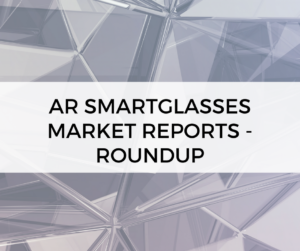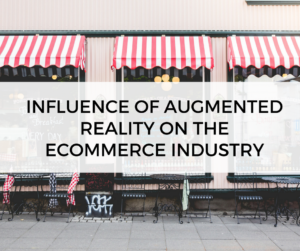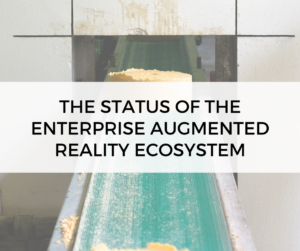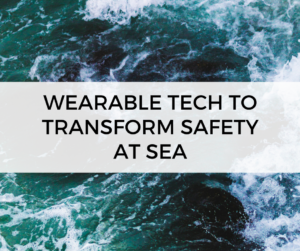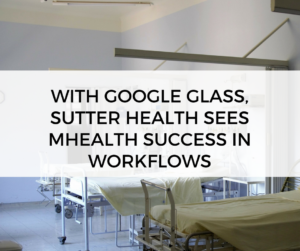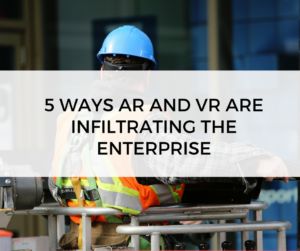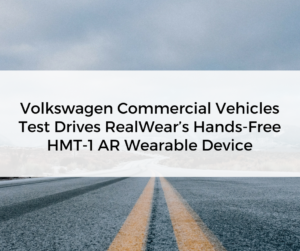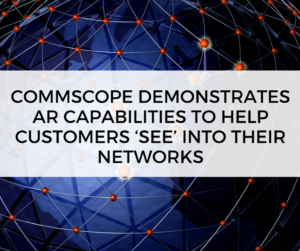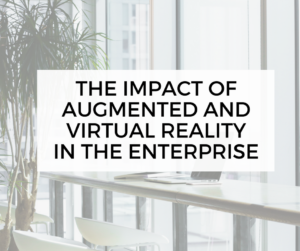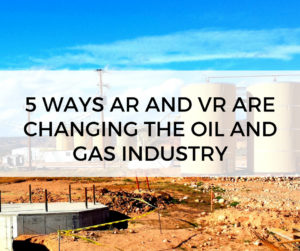Use Cases For the Enterprise Are Becoming Reality
It’s not just The AREA who are providing use cases for enterprise AR although if you’re interested in our offerings see here. https://thearea.org/area-resources/use-cases/
Enterprise uses cases are definitely out there, from things like designing machinery in a collaborative VR space to avoid collision issues on the manufacturing floor, according to a report released in March by Kaleido Insights. The report uncovered some use cases exploring mixed reality’s effects within enterprises, such as, engineering and design modeling, training and employee education, real-time information overlay, theft protection, b2b sales, and marketing and entertainment.
Enterprises are now starting to realize “where efficiencies can be reached that can save money.” And the use cases are not isolated into one particular industry, Szymanski found. “What we found in talking with a lot of leaders and innovators and practitioners in XR spaces is that these use cases span multiple industries,” she said. “So something that might work for automotive could also work for healthcare and education.”
Let’s examine some of the ways VR and AR are creeping into the enterprise.
Engineering and Design Modeling
Manufacturing firms are using computer-aided design and computer-aided modeling software to mock up products for manufacturing environments or automotive environments before tech hits the shop floor, according to Szymanski. It can help detect collision and safety issues and increase collaboration within organizations. “We see that as the case study that is really taking off the most for the past few years,” Szymanski added.
Training and Education
Case studies in training and education include more of the VR variety than AR. “People can be really immersed in these new training environments for situations that either are very unique or are very dangerous,” Szymanski said. Oil companies, for instance can train employees and contractors on dangerous situations in the field. These situations “require a lot of people to collaborate,” Szymanski said. “With a VR environment, they’re able to scale training efforts.” Szymanski also cited retail trainers who can show employees what a retail sales floor should look like. “Retail employees are usually seasonal, and there’s high turnover, so you don’t really want to pull away a veteran employee to train someone that might be gone in two months after the holiday season.”
Real-Time Information Overlay
AR headsets can provide real-time data delivery to service technicians. They in turn can make repairs to products/homes/cable systems more effectively and efficiently, allowing for quality control on the spot. Typically, you’d find these use cases, Szymanski said, in an industrial capacity but there are some interesting case studies emerging in healthcare, she said; i.e. surgeons who need some on-the-spot information.
Check out this AR example of a water pump fix.
Onboarding Employees
Beam, a design and digital marketing agency, has built an AR-based onboarding program. New employees can use AR headsets during their onboarding with new organizations in order to gain knowledge about the business, the office and to connect with employees. Of course, you wouldn’t want to make the already-awkward-enough first day on the job more uncomfortable, so Beam suggests organizations encourage their new employees to use the AR headsets during off-hours. The headsets bring information such as who sits where, what they do, which clients they have and how you can connect with them. Clicking on a person will unlock a quick video where an employee says what she or she does, and how he or she can help the newbie. “Ask me about joining the new Fantasy Football League. I’m the commissioner,” “Andy” says in a video Beam produced to demonstrate its AR onboarding program.
“Onboarding is still kind of a weak link in the chain,” said James A. Gardner, who worked as a consultant with Beam on its AR onboarding program. “I don’t think it’s as bad as it used to be, but I can remember starting a job where you show up and don’t have a spot to work and a computer for the first week. It’s really unwelcoming.”
AR for onboarding can help new employees understand how the company works, what different departments do and encourage the newbie to “really get productive and acclimated quickly,” Gardner said. It goes beyond, Gardner added, just shaking hands and getting the standard, “Welcome to the team, Bill.” Ultimately, it can help collapse the time of a new employee getting comfortable and productive.
Customer Experiences
Of course, it’s always nice to walk the reality of the customer’s shoes. Rori DuBoff, managing director of content innovation and extended reality for Accenture Interactive, said her company has worked to implement VR simulations that help better understand customers and their experiences. She cited the example of creating user personas with financial institutions to help train employees on what a customer journey looks like. “When a customer is trying to go through a new mortgage application what is the actual experience like for them?” DuBoff asked. “What are the questions? How can we be more empathetic and understanding to what that experience was like for the consumer?”
